The direct electrolysis of seawater to make hydrogen has been shown in a lab-scale demonstration.
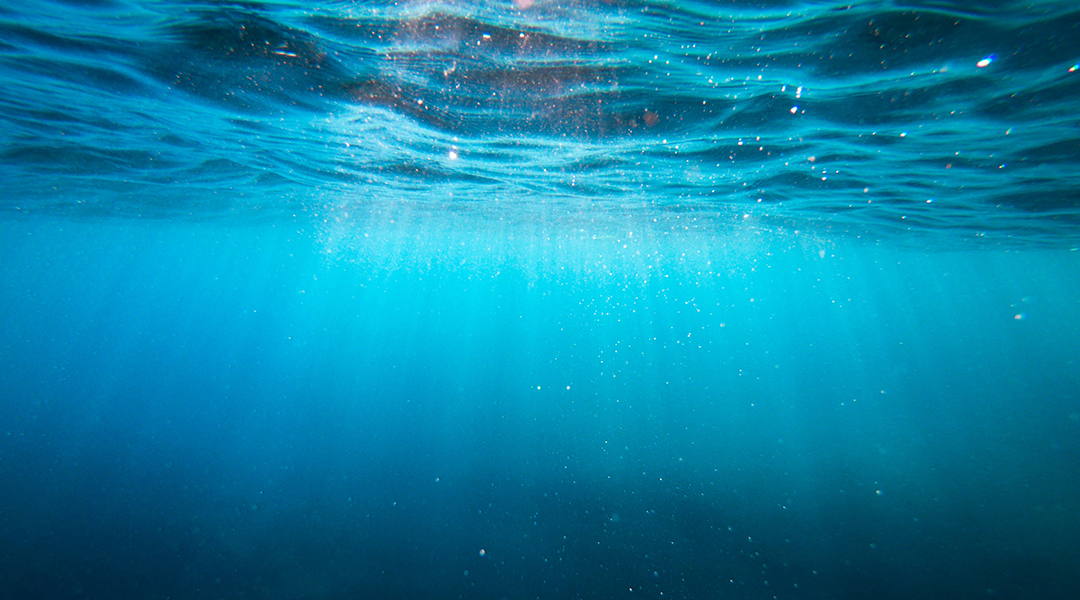

The direct electrolysis of seawater to make hydrogen has been shown in a lab-scale demonstration.
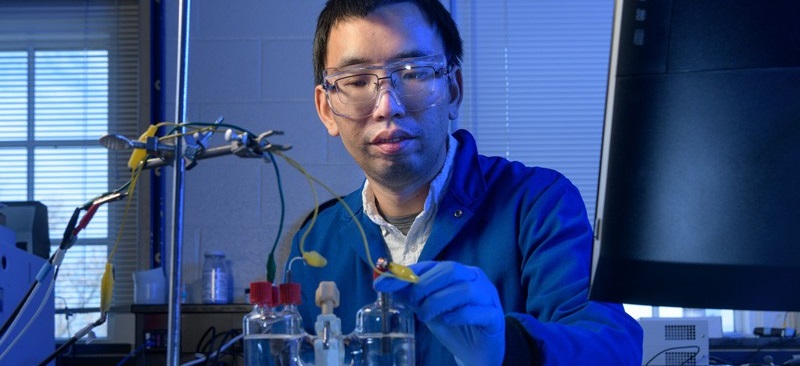
US researchers unexpectedly discovered auspicious catalysts to reduce water into hydrogen gas and oxygen molecules.
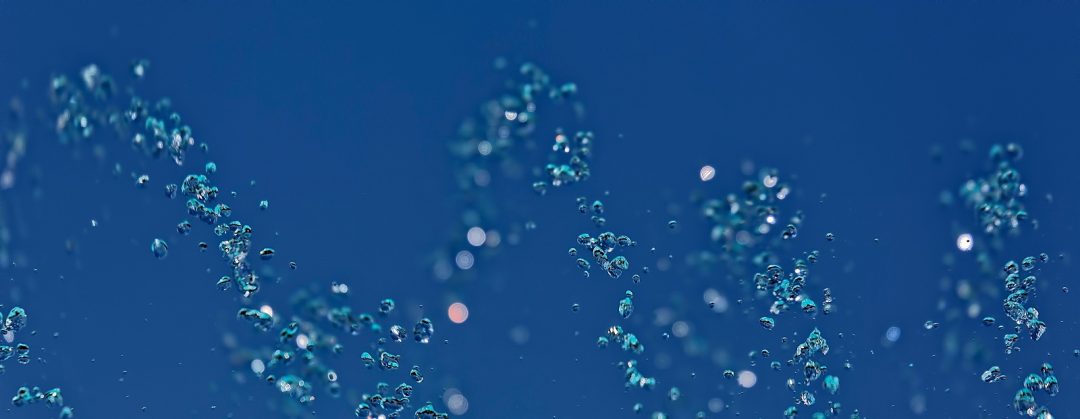
Christoph Bäumer conducts research on water electrolysis. The initial steps toward cost-efficient and widely available catalysts are promising.
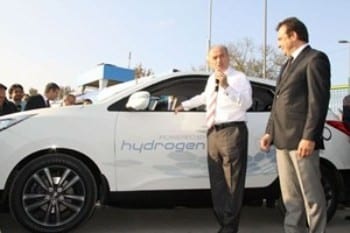
Hydrogenics Corporation has opened an electrolysis-based hydrogen fueling station at Golden Horn in Turkey.
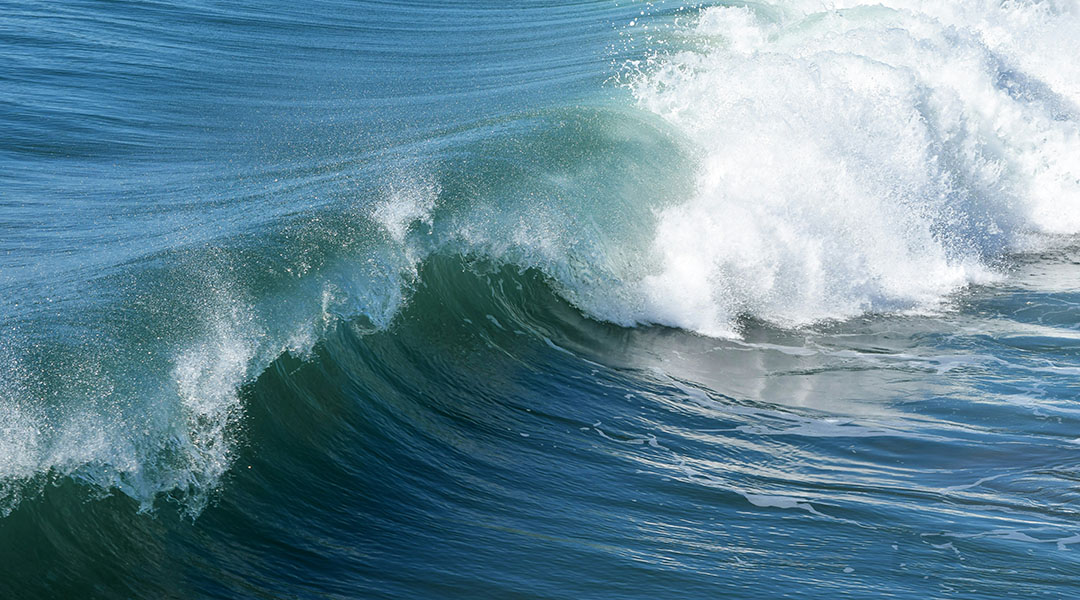
A sand-like material can be extracted from seawater by adding carbon dioxide, potentially making the building industry more sustainable.
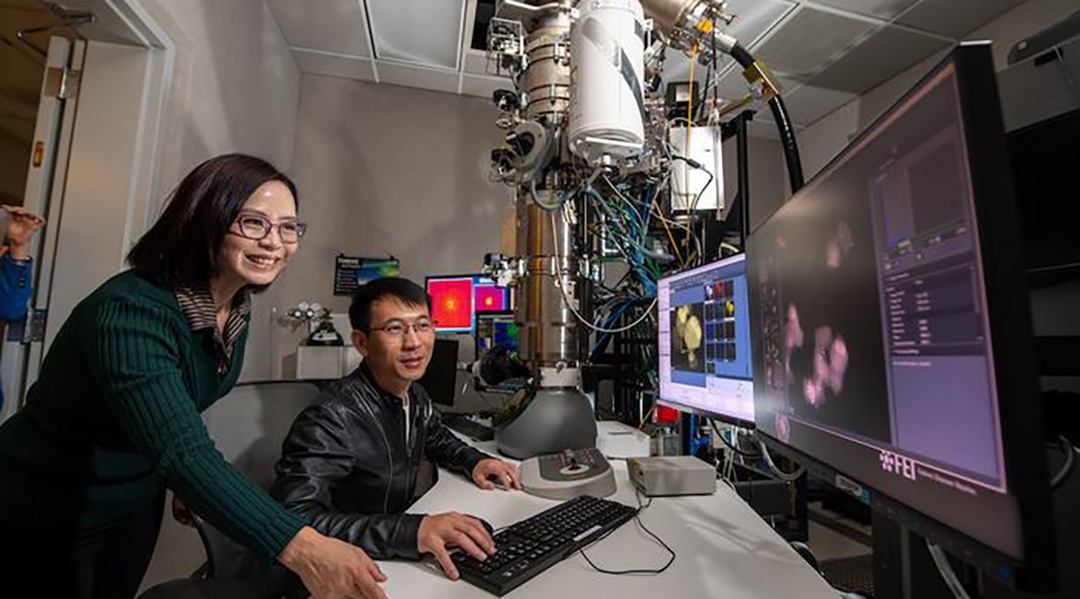
New technology allows researchers to study electrochemical processes at the atomic level with new insights into a widely used catalyst.
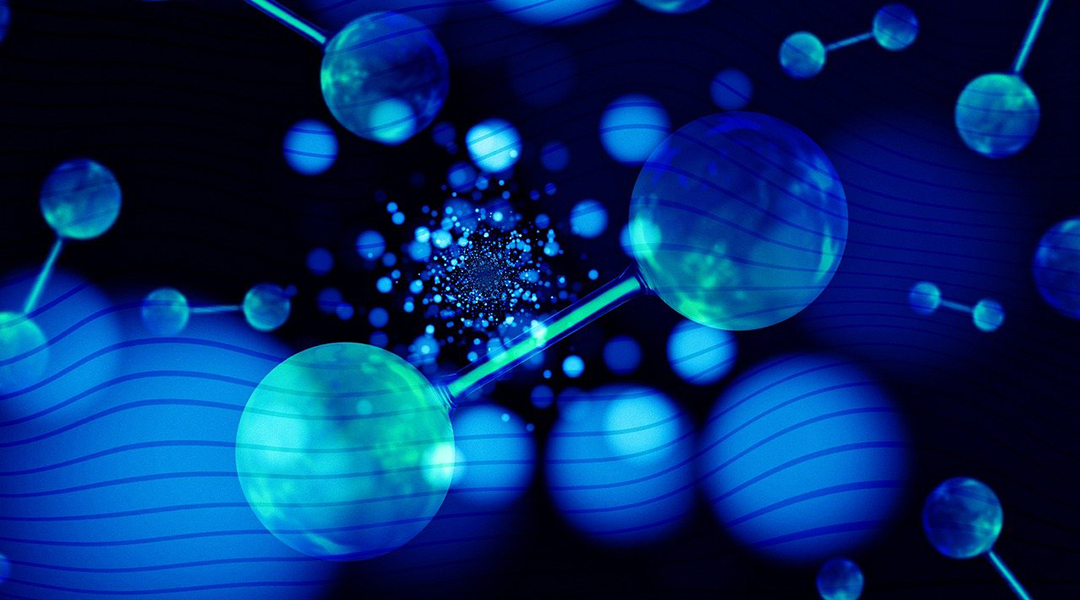
A new electrolysis device could transform the way we produce hydrogen fuel from seawater, addressing challenges that hindered this process.
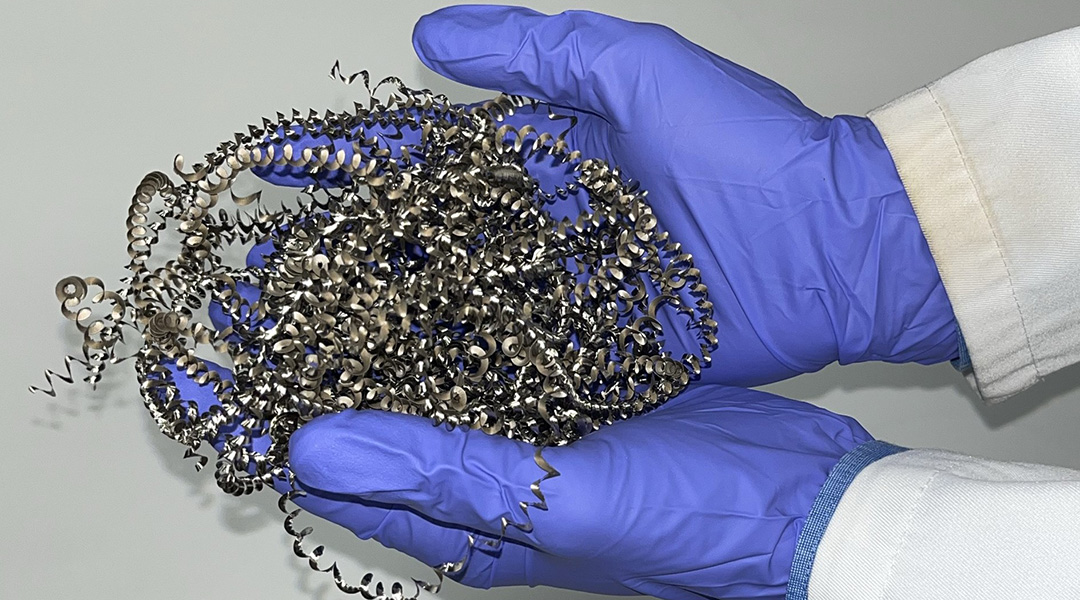
New technique uses waste metal shavings to catalyze hydrogen production, turning nothing but trash and water into clean, renewable fuel.
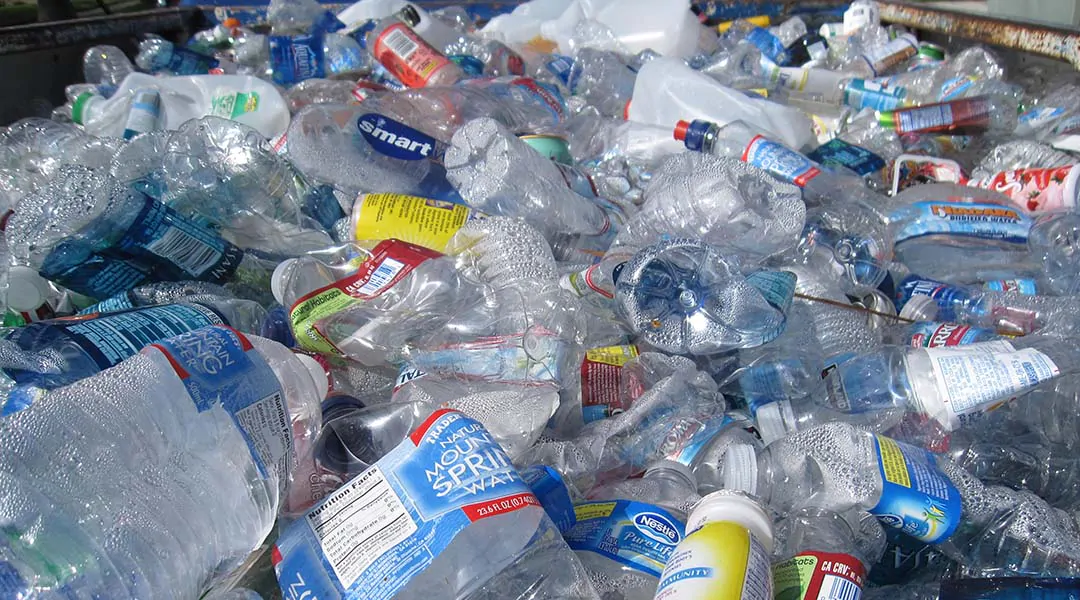
A flash heating technique breaks down plastic waste and converts it to pure hydrogen and graphene with significantly less emissions and at a low cost.

Two well-known, abundant, and low-cost materials are finding new life in grid-scale energy storage and sustainable water splitting technologies.